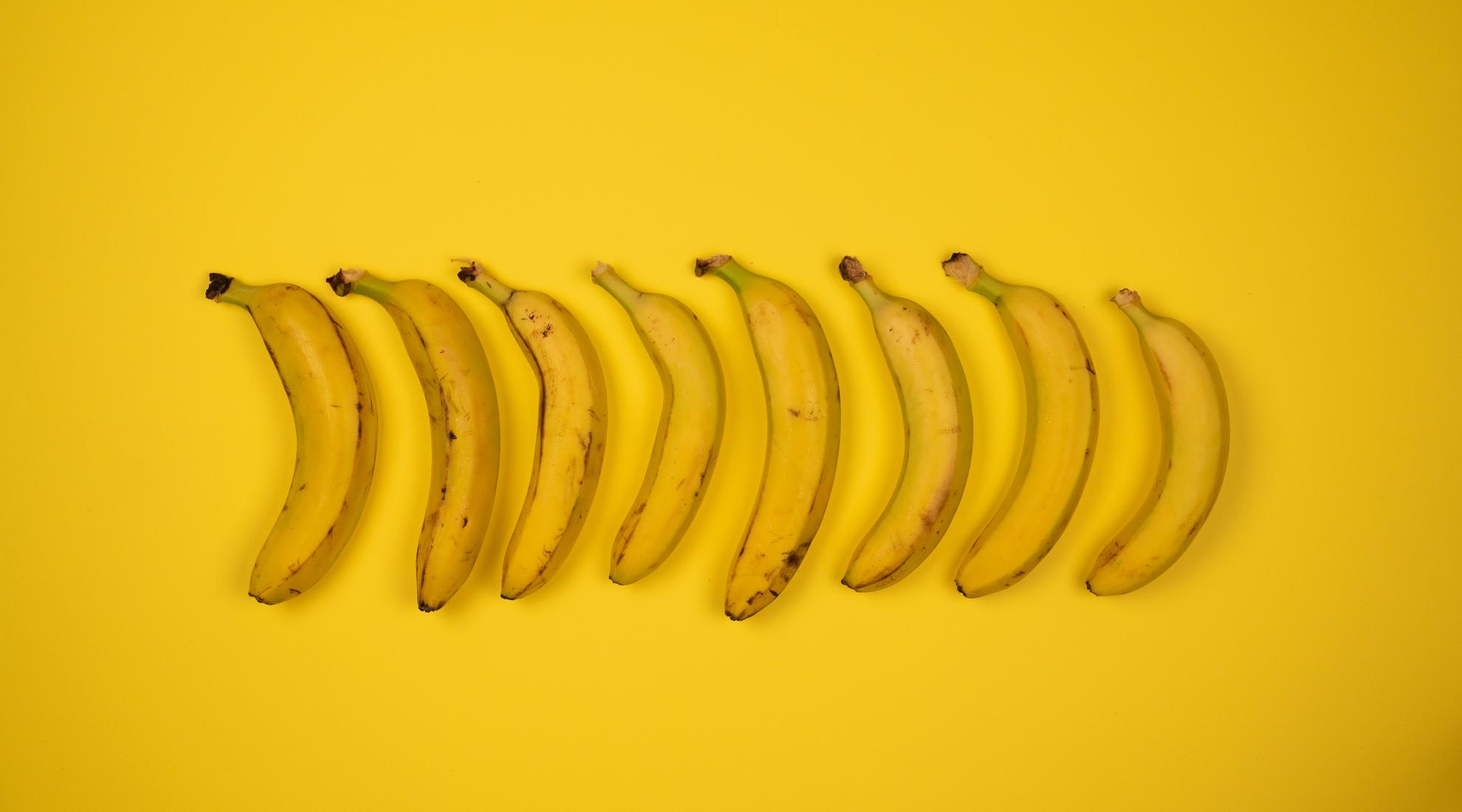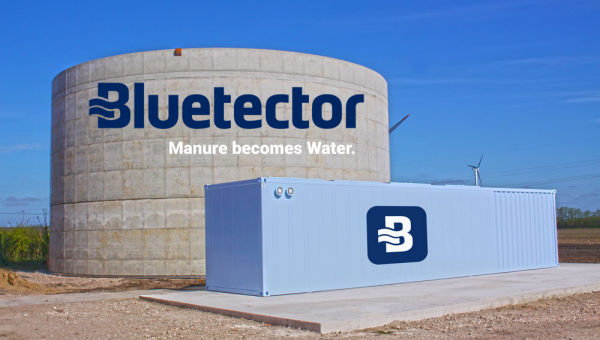Banana peels into hydrogen

A new method of photopyrolysis developed at the EPFL produces hydrogen gas and solid conductive carbon from banana peels and other biowaste in just a few milliseconds.
In times of increasing energy demand and the call for green energy, hydrogen is one of the key sources of hope. This highly sought-after raw material is still scarce, however. That's why more and more start-ups and scientists are looking at new ways to make it, including using organic waste such as banana peels.
Can hydrogen be produced from bananas?
According to researchers at the School of Basic Sciences at the EPFL, it is possible to generate hydrogen from different sources of biomass such as banana peels, corn cobs, orange peels, coffee beans or coconut shells. During biomass pyrolysis, solid or liquid biomass is heated to 400 to 800 degrees Celsius and converted into energy. The whole process takes place under pressure of up to five bar and in an inert atmosphere. The products of this chemical reaction are gaseous and solid compounds: the gas is called ‘syngas’ and the solid is called ‘biochar’.
However, this chemical process requires a lot of time and can only be implemented under difficult conditions.
A white flash light promotes the chemical reaction
Scientists from EPFL have now developed a new method for the photo-pyrolysis of biomass and published their results in the flagship journal for chemistry, Chemical Science. In the new method, the researchers use flash pyrolysis performed with a xenon lamp. This is typically used to cure metal inks for printed electronics. In this new method, the lamp's white flash provides a powerful energy source and short pulses to promote the chemical reactions. In the process, the biomass absorbs the optical radiation and converts it to heat. The researchers' idea was that this photothermal reaction would trigger an immediate conversion of the biomass into syngas and biochar.
Each kilogram of dried biomass can produce about 100 liters of hydrogen and 330 grams of biochar, which is up to 33 percent the weight of the original mass of dried banana peels.
How long it will take before biowaste actually forms the basis for industrial production of hydrogen remains to be seen. The research does not discuss the scaling-up or marketability of the process. Since the entire technology is still in the research phase, it will probably take some time to answer these questions.




